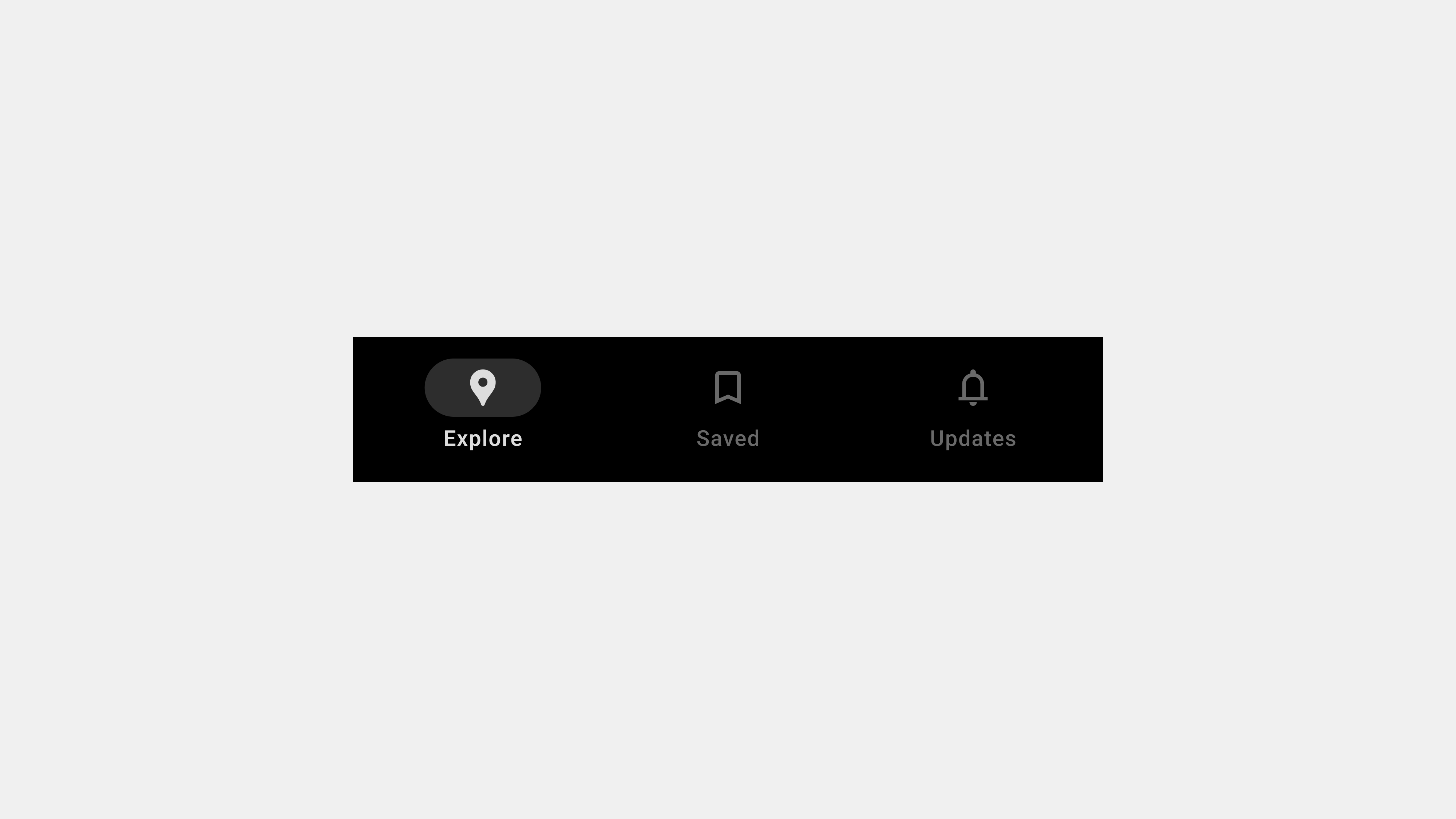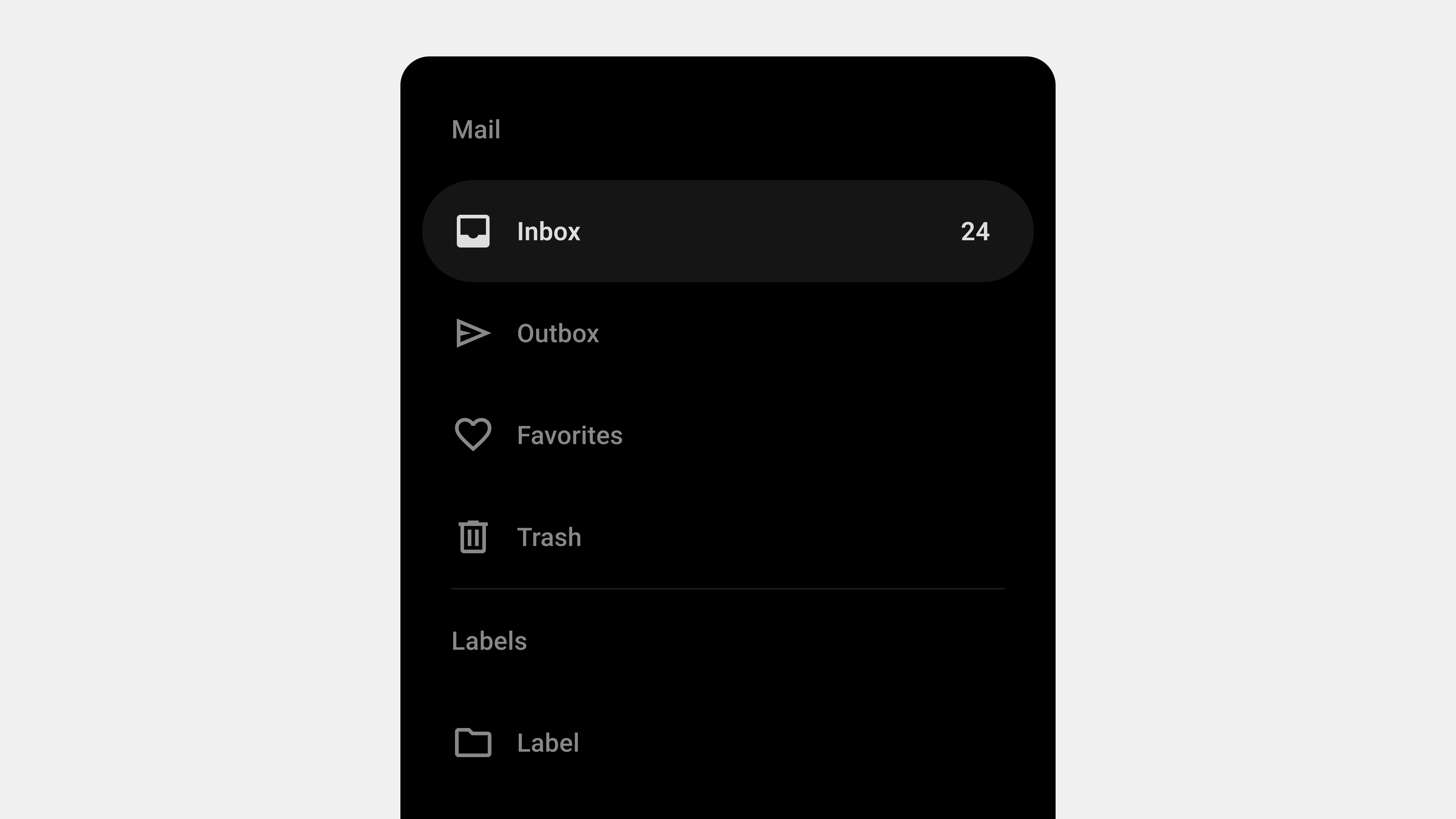5 Key Considerations for Publishing and Developing Tab Bars
Tab bars are essential navigation tools that enhance user experience by offering intuitive access to an app’s primary features. However, successful implementation during publishing and development requires careful attention to usability, performance, and cross-platform functionality. This article explores five critical factors to consider when developing and publishing tab bars, offering actionable insights for developers and publishers.
1. Performance Optimization
Why It Matters
Tab bars are frequently used across an app’s interface, making performance a crucial factor. Slow or unresponsive tab bars can frustrate users and lead to a poor overall experience.
Key Considerations
- Efficient Animations: Use lightweight CSS animations or hardware-accelerated transitions to ensure smooth interactions.
- Lazy Loading: Load content for inactive tabs only when they are accessed to reduce initial load times.
- Minimize Dependencies: Avoid unnecessary JavaScript or CSS libraries that may bloat the codebase.
Implementation Tips
- Use
requestAnimationFramefor optimized animations. - Preload critical assets for frequently accessed tabs.
- Optimize API calls to reduce delays in dynamic content loading.
Tools
- Lighthouse for performance auditing.
- Webpack or Rollup for bundling and minifying assets.
2. Responsive and Adaptive Design
Why It Matters
Tab bars must function seamlessly across various devices, screen sizes, and orientations. Responsive design ensures a consistent and user-friendly experience.
Key Considerations
- Dynamic Sizing: Ensure tab bar elements scale appropriately on different screen sizes.
- Touch-Friendly Targets: Design tap areas large enough for comfortable interaction on mobile devices.
- Orientation Adaptability: Maintain usability when the device orientation changes between portrait and landscape.
Implementation Tips
- Use media queries to adapt tab bar layouts for different screen widths.
- Implement dynamic layouts that adjust element spacing and font sizes.
- Test the tab bar on various devices and simulators to ensure responsiveness.
Tools
- Chrome DevTools for responsive design testing.
- BrowserStack for cross-device compatibility checks.
3. Accessibility Compliance
Why It Matters
Accessible tab bars ensure inclusivity, allowing users with disabilities to navigate the app effectively. This not only enhances usability but also complies with legal standards.
Key Considerations
- Keyboard Navigation: Ensure users can navigate tabs using only a keyboard.
- Screen Reader Compatibility: Use ARIA roles and labels to make tabs accessible to visually impaired users.
- Focus Indicators: Provide visible focus states for interactive elements.
Implementation Tips
- Use semantic HTML elements like
<nav>and<button>for tab structures. - Add ARIA attributes such as
aria-selectedto indicate the active tab. - Ensure sufficient color contrast for text and icons against the background.
Tools
- Axe Accessibility Checker.
- Lighthouse Accessibility Audit.
4. Dynamic Content and State Management
Why It Matters
Many modern applications require tab bars to handle dynamic content and preserve states across user interactions. Proper state management ensures a seamless experience.
Key Considerations
- State Preservation: Retain user progress or data within a tab when switching between tabs.
- Dynamic Content Loading: Fetch content for inactive tabs only when needed.
- Error Handling: Provide fallback options or error messages for failed content loads.
Implementation Tips
- Use libraries like Redux or Context API for efficient state management.
- Display loading indicators for tabs with dynamic content.
- Test how the tab bar handles scenarios like poor network connectivity or server errors.
Tools
- Postman for testing API integrations.
- React or Vue for managing dynamic content efficiently.
5. Cross-Platform Consistency
Why It Matters
Users expect consistent functionality and design across devices and platforms. Ensuring cross-platform compatibility builds trust and enhances usability.
Key Considerations
- Uniform Behavior: Tabs should function similarly on iOS, Android, and web platforms.
- Design Consistency: Maintain uniform icon styles, labels, and animations across platforms.
- Performance Parity: Optimize performance for both mobile and desktop environments.
Implementation Tips
- Use a design system to maintain consistency across platforms.
- Test tab bars in native and hybrid environments to identify discrepancies.
- Implement platform-specific adaptations only when necessary for usability.
Tools
- Flutter or React Native for cross-platform development.
- Detox or Appium for automated cross-platform testing.
Conclusion
Developing and publishing tab bars involves balancing performance, responsiveness, accessibility, and consistency. By focusing on these five critical areas, developers and publishers can ensure their tab bars provide a seamless, inclusive, and engaging user experience. Proper implementation not only meets user expectations but also enhances the overall quality and functionality of the application.

